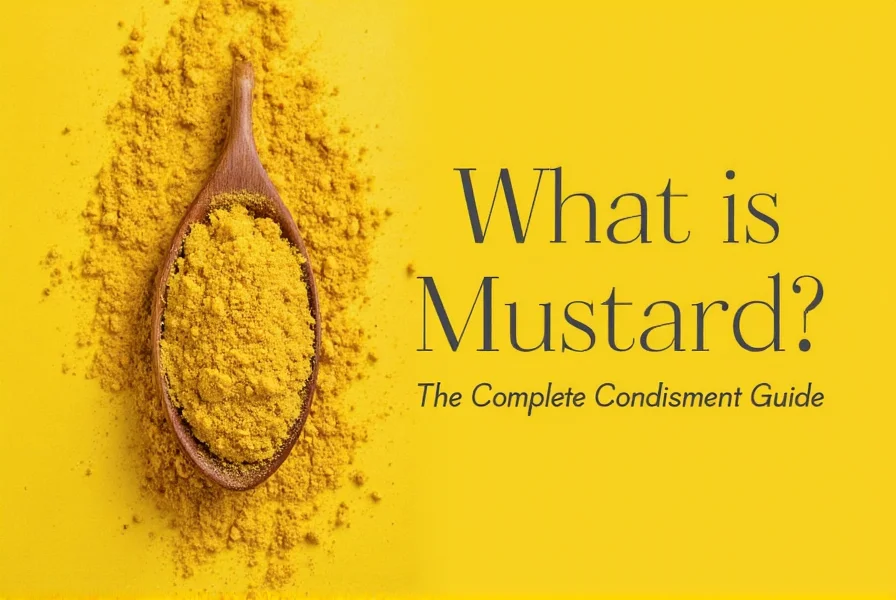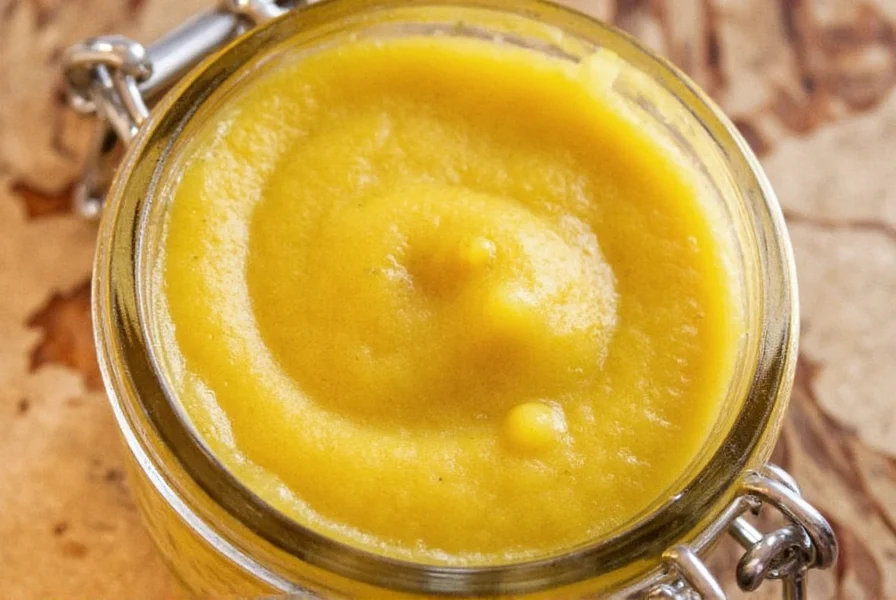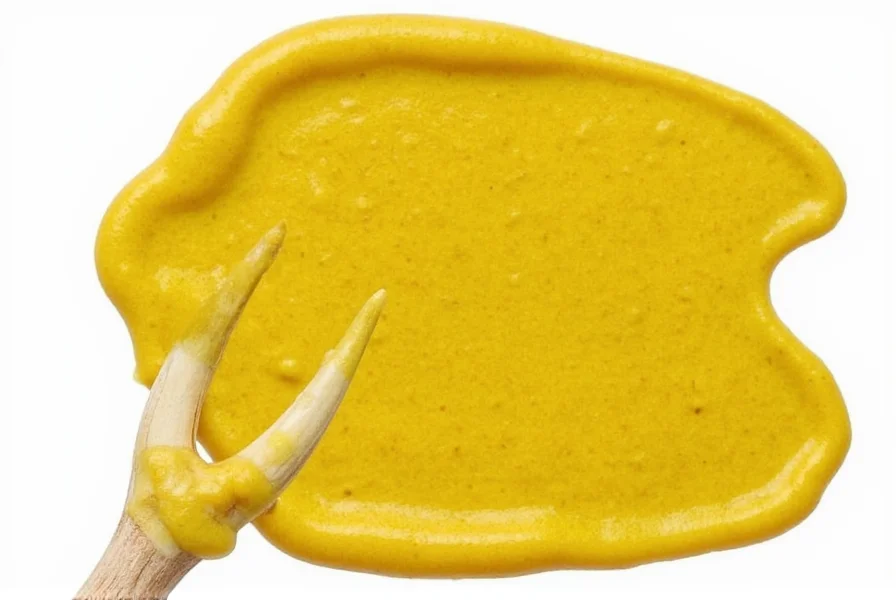Understanding what is the mustard goes beyond recognizing it as a sandwich staple. This ancient condiment boasts a rich history and remarkable diversity that makes it one of the world's most enduring flavor enhancers. From its humble beginnings as a medicinal paste to its current status as a kitchen essential, mustard has evolved into countless varieties that cater to different palates and culinary applications.
What Is Mustard? The Essential Definition
At its core, what is the mustard defined by three fundamental components: mustard seeds, liquid, and acid. The seeds—typically yellow, brown, or black varieties from the Brassica plant family—contain enzymes that, when crushed and mixed with liquid, create mustard's signature heat through a chemical reaction. The type of seed, liquid used (vinegar, wine, beer, or water), and additional ingredients determine the final product's flavor profile, texture, and intensity.
Unlike many modern condiments, traditional mustard contains no artificial preservatives. Its preservation comes naturally from the combination of acid and the antimicrobial properties of mustard seeds themselves. This natural preservation method explains mustard's historical importance before refrigeration became widespread.
The Historical Journey of Mustard
The story of what is the mustard begins over 5,000 years ago in ancient India, where mustard seeds were first cultivated. Historical records show that the Romans combined crushed mustard seeds with----------

By the Middle Ages, monasteries across Europe had perfected mustard production techniques, creating the foundation for regional varieties that still exist today. The name "mustard" itself derives from the Latin mustum ardens ("burning must"), referring to the practice of mixing ground seeds with mustum (unfermented grape juice) to create a fiery condiment.
How Mustard Is Made: The Production Process
Understanding what is the mustard requires examining its production. The basic process involves:
- Harvesting and cleaning mustard seeds
- Crushing or grinding the seeds to desired consistency
- Mixing with liquid (vinegar, wine, or water) to activate enzymes
- Adding salt, spices, and other flavorings
- Aging the mixture to develop flavor
The critical chemical reaction occurs when the enzyme myrosinase in mustard seeds interacts with sinigrin (a glucosinolate compound) upon contact with liquid. This creates allyl isothiocyanate—the compound responsible for mustard's characteristic pungency. The heat level peaks within minutes of preparation then gradually diminishes over time.
Types of Mustard Explained
When exploring what is the mustard, one discovers remarkable diversity. Different regions and production methods yield distinctive varieties:
| Type of Mustard | Key Characteristics | Primary Ingredients | Common Uses |
|---|---|---|---|
| Yellow Mustard | Mild, bright yellow color | Yellow mustard seeds, turmeric, vinegar | American sandwiches, hot dogs |
| Dijon Mustard | Sharp, complex flavor | Brown mustard seeds, white wine, verjuice | French cuisine, sauces, dressings |
| Whole Grain Mustard | Texture with visible seeds | Mixed mustard seeds, wine, vinegar | Charcuterie, marinades, gourmet dishes |
| Honey Mustard | Sweet and tangy profile | Yellow or Dijon mustard, honey | Dips, salad dressings, glazes |
| Spicy Brown Mustard | Robust, coarse texture | Brown mustard seeds, spices, vinegar | Bratwurst, pretzels, deli sandwiches |
Mustard Ingredients Decoded
The specific answer to what is the mustard lies in its ingredients. While recipes vary, all mustards share these fundamental components:
- Mustard Seeds: Yellow (mild), brown (medium heat), or black (most pungent)
- Liquid Base: Determines reaction speed and final texture (vinegar creates sharpness, wine adds complexity)
- Acid: Preserves and balances flavor (typically vinegar or wine)
- Additional Flavorings: Turmeric (for color), garlic, herbs, spices, sweeteners
The ratio of these ingredients creates vastly different products. For example, traditional Dijon mustard uses verjuice (sour grape juice) instead of vinegar, resulting in a smoother, more complex heat. Meanwhile, American yellow mustard gets its distinctive color from turmeric and its mild flavor from a higher vinegar-to-seed ratio.

Culinary Applications Beyond the Sandwich
While many associate what is the mustard primarily with hot dogs and sandwiches, its culinary applications are far more extensive. Chefs value mustard for:
- Emulsifying sauces and dressings (thanks to its natural binding properties)
- Adding depth to marinades for meats and vegetables
- Creating glazes for roasted proteins
- Enhancing flavor in soups and stews
- Providing contrast in cheese boards and charcuterie
Professional kitchens often use mustard as a secret ingredient in unexpected dishes—from fruit salads to chocolate desserts—where its acidity and complexity enhance other flavors without overwhelming them.
Nutritional Profile and Health Considerations
When examining what is the mustard from a nutritional perspective, it stands out as one of the healthiest condiments available. A typical teaspoon (5g) of standard yellow mustard contains:
- Negligible calories (approximately 3-5 per teaspoon)
- No sugar (in traditional preparations)
- No fat
- Small amounts of selenium, magnesium, and omega-3 fatty acids from the seeds
Research suggests that compounds in mustard seeds may offer anti-inflammatory benefits and support metabolic health. Unlike many commercial condiments, traditional mustard contains no artificial preservatives, colors, or high-fructose corn syrup—making it a clean-label option for health-conscious consumers.
Conclusion: The Enduring Appeal of Mustard
Understanding what is the mustard reveals why this condiment has maintained global popularity for millennia. Its unique combination of pungency, versatility, and natural preservation properties makes it irreplaceable in kitchens worldwide. From humble beginnings as a medicinal paste to its current status as a culinary essential, mustard continues to evolve while maintaining its fundamental identity. Whether you're spreading classic yellow mustard on a hot dog or crafting an elegant Dijon cream sauce, you're participating in a culinary tradition that spans continents and centuries.
Frequently Asked Questions
What gives mustard its distinctive heat and pungency?
Mustard's heat comes from a chemical reaction between enzymes in mustard seeds and compounds called glucosinolates. When seeds are crushed and mixed with liquid, the enzyme myrosinase converts sinigrin into allyl isothiocyanate—the compound responsible for mustard's characteristic pungency. Unlike chili heat which affects the tongue, mustard's heat primarily stimulates nasal passages.
Why does mustard not spoil like other condiments?
Mustard has natural preservative properties due to its combination of acidity (from vinegar or other liquids) and compounds in mustard seeds that inhibit bacterial growth. The allyl isothiocyanate that creates mustard's heat also acts as an antimicrobial agent. Traditional mustard contains no artificial preservatives yet can remain safe to consume for months when properly stored.
What's the difference between Dijon mustard and regular yellow mustard?
Dijon mustard uses brown or black mustard seeds with white wine or verjuice instead of vinegar, creating a sharper, more complex flavor profile. Yellow mustard uses milder yellow seeds with vinegar and turmeric for color. Dijon has a smoother texture and more sophisticated taste, while yellow mustard offers consistent mild heat and bright color. The production methods and regional traditions also differ significantly between these two popular varieties.
Can mustard seeds be eaten raw without processing?
Yes, mustard seeds can be eaten raw, but they have a hard outer coating and relatively mild flavor in their whole, dry state. The characteristic mustard heat only develops when seeds are crushed and mixed with liquid, which activates the enzymatic reaction. Raw seeds are often used in cooking (like tempering in Indian cuisine) where they pop and release flavor when heated in oil, but they won't produce the familiar mustard taste without the moisture-activated chemical process.
Why does mustard taste different from horseradish or wasabi if they're all pungent?
While mustard, horseradish, and wasabi all create pungency through similar chemical processes (isothiocyanates), they use different precursor compounds and produce distinct flavor profiles. Mustard's heat comes primarily from allyl isothiocyanate created from sinigrin, while horseradish and wasabi produce different isothiocyanate compounds. Mustard's heat develops more gradually and lasts longer, while wasabi's heat is intense but short-lived. The seed base of mustard also contributes nutty, earthy notes absent in root-based condiments.











 浙公网安备
33010002000092号
浙公网安备
33010002000092号 浙B2-20120091-4
浙B2-20120091-4